First step into the field
This month the MIWATCH team headed to the Northern Territory for a sampling campaign in Tennant Creek, situated 1,000 kilometres south of Darwin, and 500 kilometres north of Alice Springs. This campaign involved MIWATCHers Dr Kam Bhowany, Rosie Blannin, Dr Zhengdong Han and myself . This was my first field trip as a MIWATCH member, and it was motivating to see everyone’s excitement and the wonders such work has to offer.
To start with, the Sacred Land gifted us with beautiful landmarks on our drive from Alice Springs to Tennant Creek. These include the breathtaking Devil Marbles and the majestic Simpsons Gap. These spots were impressive both for their beauty and for their intriguing geology, which was much appreciated by the geologists of our team. From an engineering perspective, it was fascinating to hear and learn about the geological formation of these places from them.
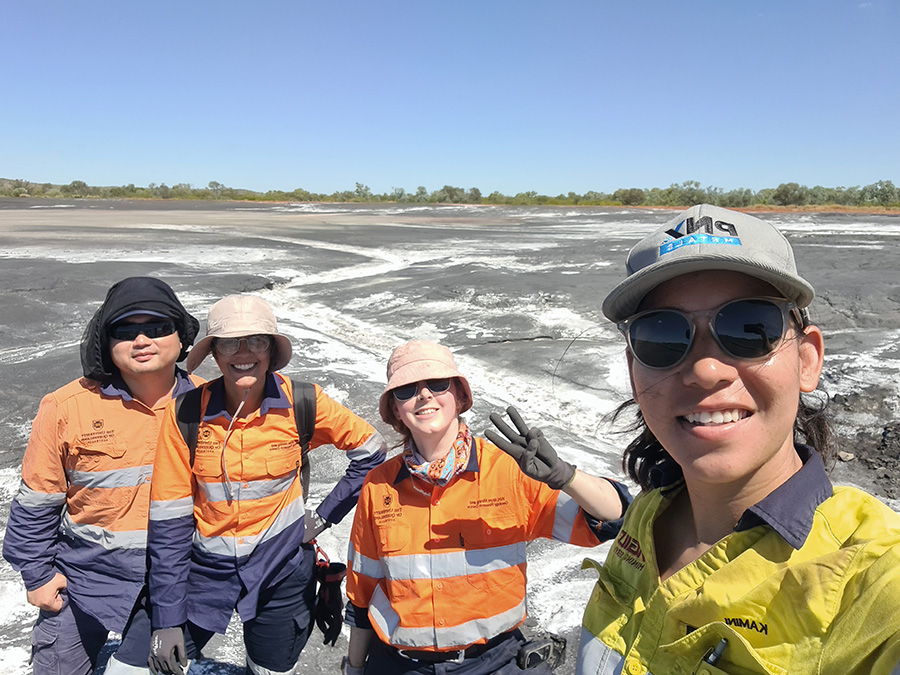
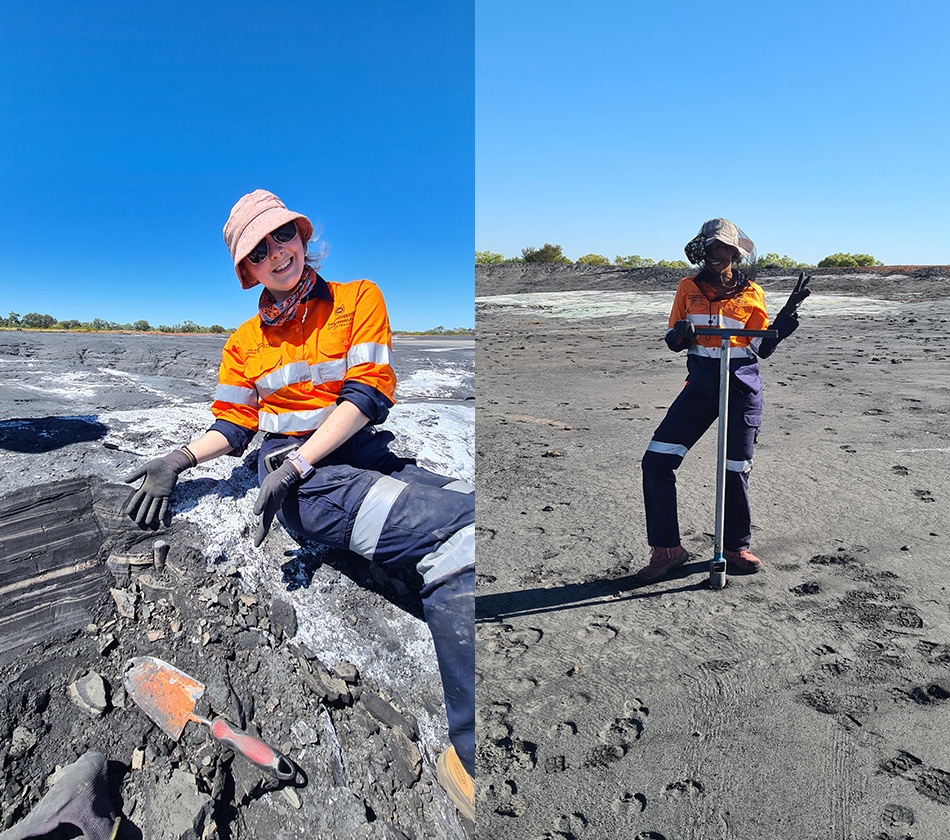
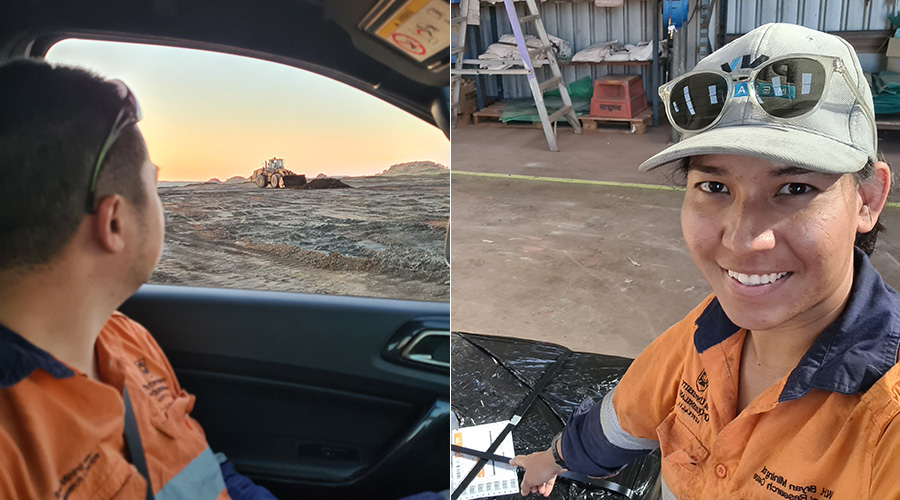
Sampling was undertaken on two sites, the TC8 and the Peko tailings dam. The first site was TC8, which produced Au (gold) and processed ore from the TC8 mine and the Chariot mines. These deposits sit withing magnetite-hematite rich ironstone and are mineralogically composed of sulfides that include chalcopyrite, minor pyrite and minor bismuthnite. Geochemistry is Au dominant with minor Cu (copper) and Bi (bismuth). Nowadays, the site is managed by Emmerson Resources.
Thanks to Bill Rob who granted us access to the site and welcoming us to use their facility in Tennant Creek at any time. During our first day there, we had the pleasure of being guided by the knowledgeable Justin Hankinson who gave us a tour of the mine site, detailing the geology of the area, processing activities, tailing’s facility and facilitating our visit. Sampling at their TSF lasted 4 days, with 9 holes hand-augered at depths 1-2m. The holes were subsampled at intervals determined by tailings facies.
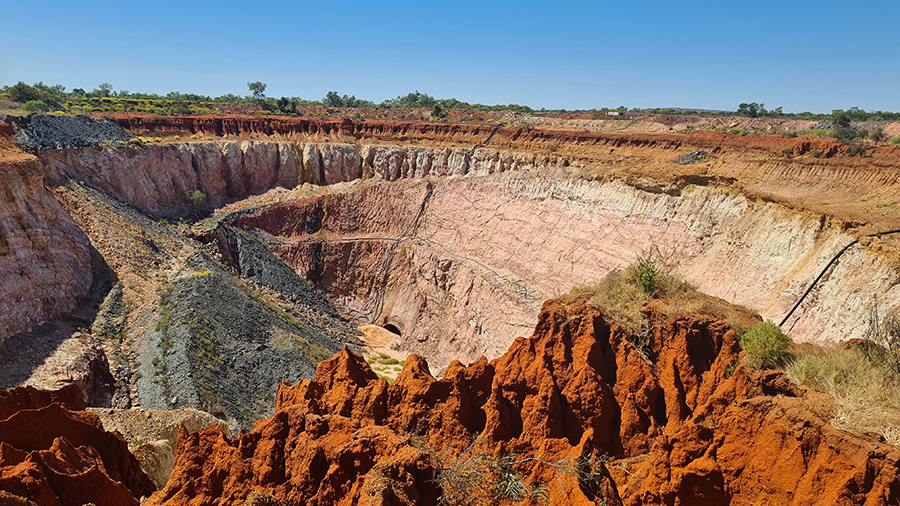
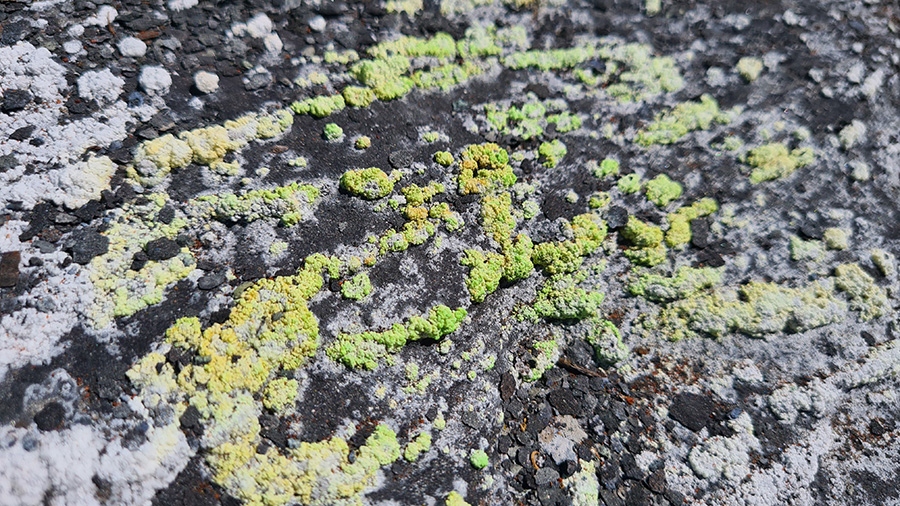
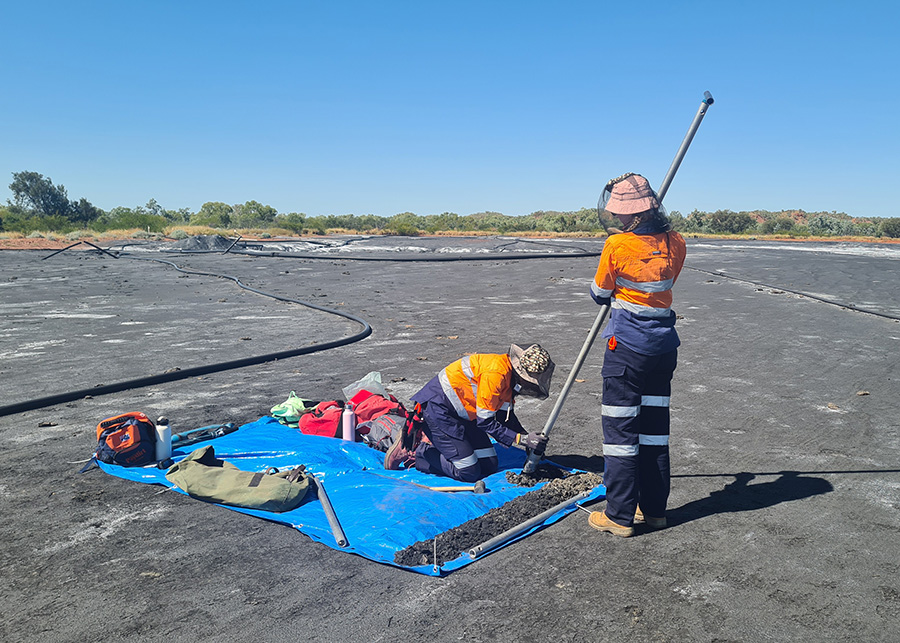
Our second site was the Peko Mine, which is a former Au, Cu and Bi (minor) mine. The geology of Peko Mine area is complex and includes a variety of rock types, such as granite, gneiss, schist, and quartzite. Their mineralisation includes magnetite, pyrite, chalcopyrite, sphene, zircon, apatite and tourmaline. Currently Elmore Ltd is reprocessing the tailings for magnetite, which is one of the main iron ores mined in Australia nowadays but had a low price back in the days and was regarded as waste.
Our visit was assisted by David Mendelawitz, who shared all his vast knowledge about the site, and his enthusiastic team, Scott, Macel, Ian and Thomas. Our sampling campaign there lasted 4 days, where we hand-augered 7 holes at depths 2 to 5m. Samples were taken every meter or was determined by facies.
